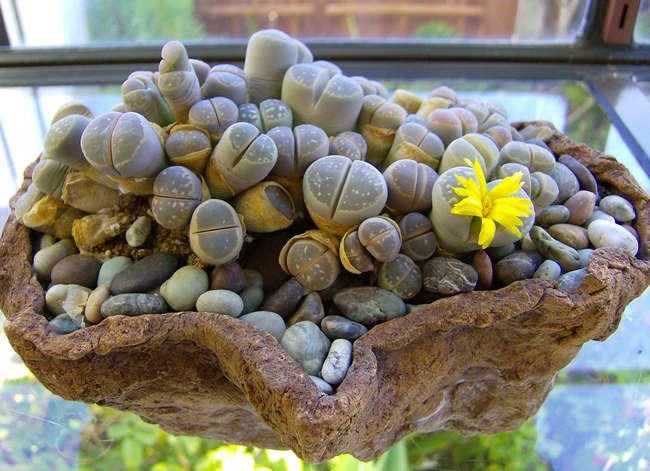

We may earn revenue from the products available on this page and participate in affiliate programs. Learn More ›
Home Advice You Can Trust
Tips, tricks & ideas for a better home and yard, delivered to your inbox daily.
By signing up you agree to our Terms of Service and Privacy Policy.
Swallowtail or Butterfly Plant (Christia obcordata)
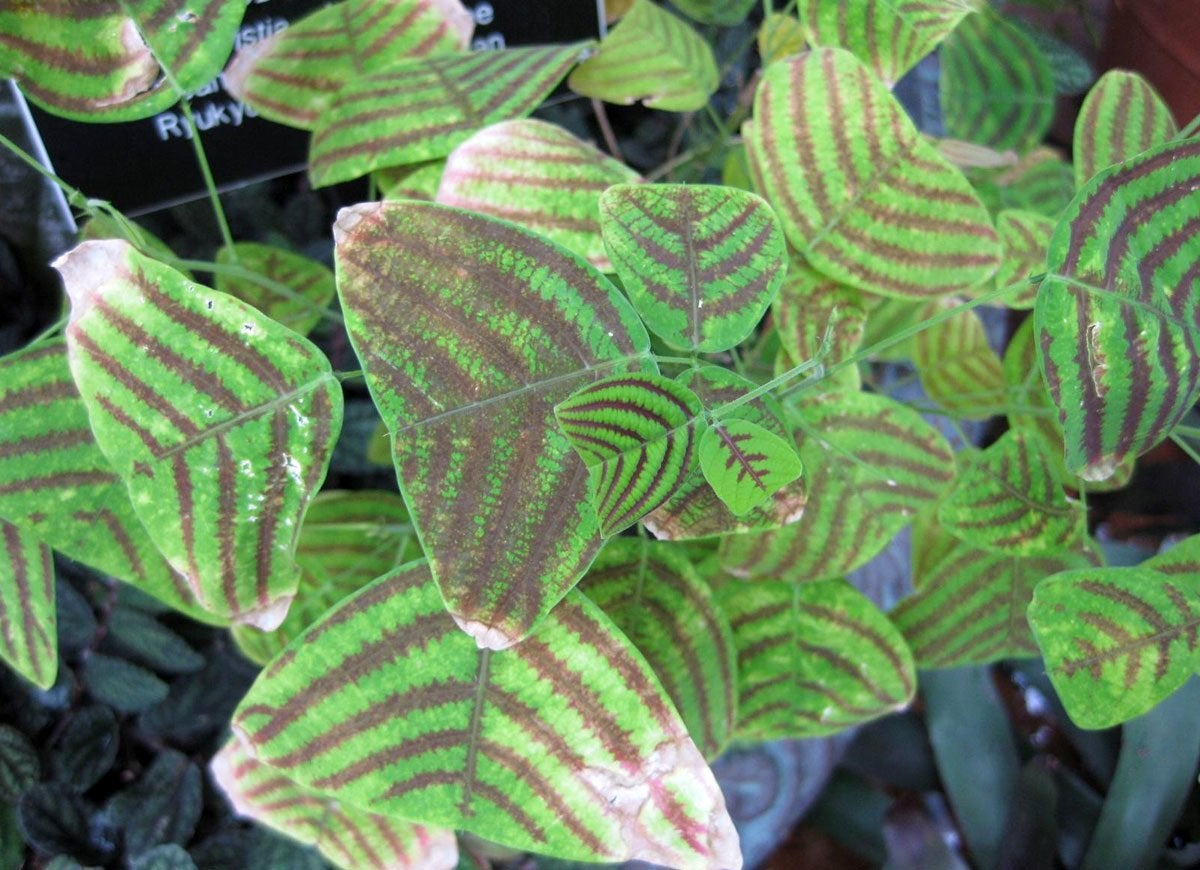
Wikimedia Commons via Raffi Kojian
Christia obcordata, more commonly known as the swallowtail or butterfly plant, boasts triangular leaves with stripes of pink and green. It prefers a shaded window environment as it will burn in direct sun, and it serves as an epic conversation starter in any home.
Madagascan Palm (Pachypodium cactipes)
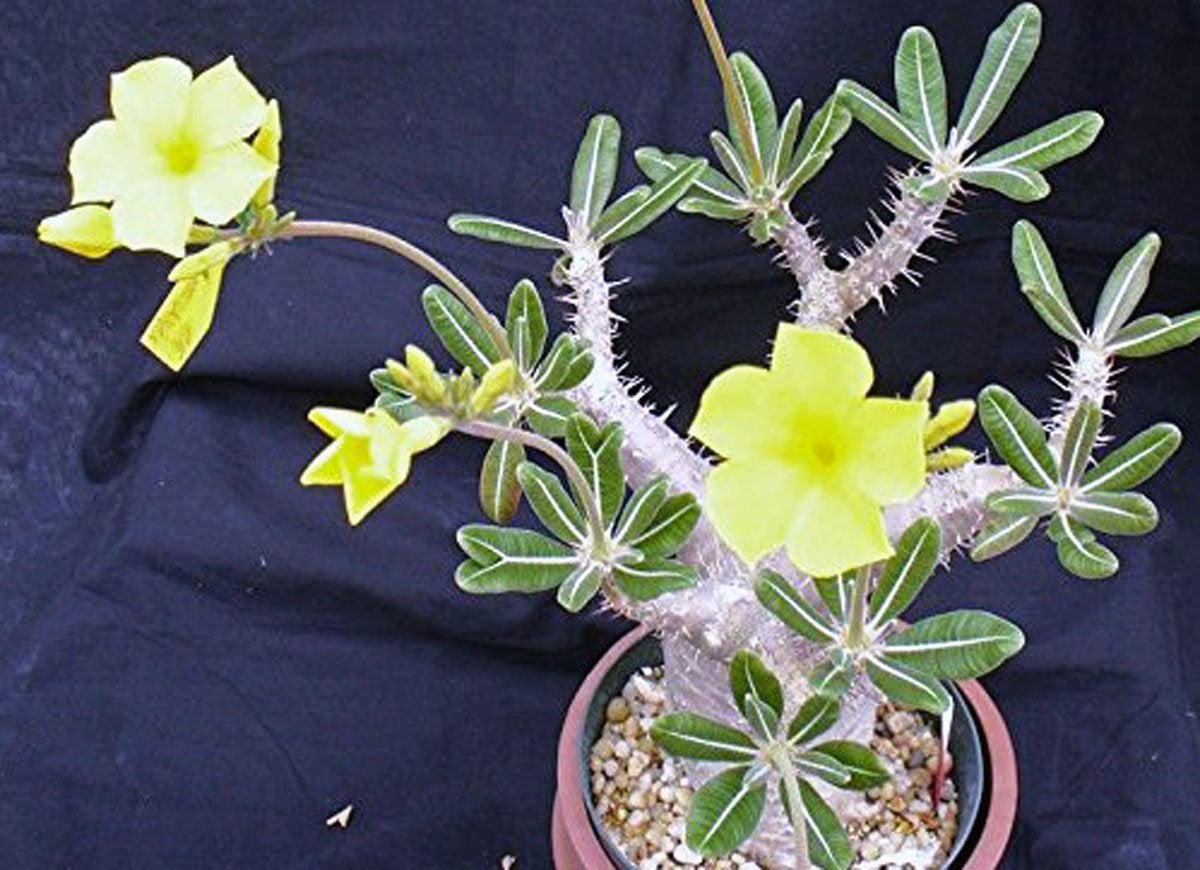
With a thick stem and waxy green leaves, the Madgascan palm (Pachypodium cactipes) looks like a throwback from the primeval world. As long as it receives sufficient light and well-drained soil, the easy-to-grow plant will reward gardeners with showy yellow flowers.
Wine Cup (Crassula umbella)
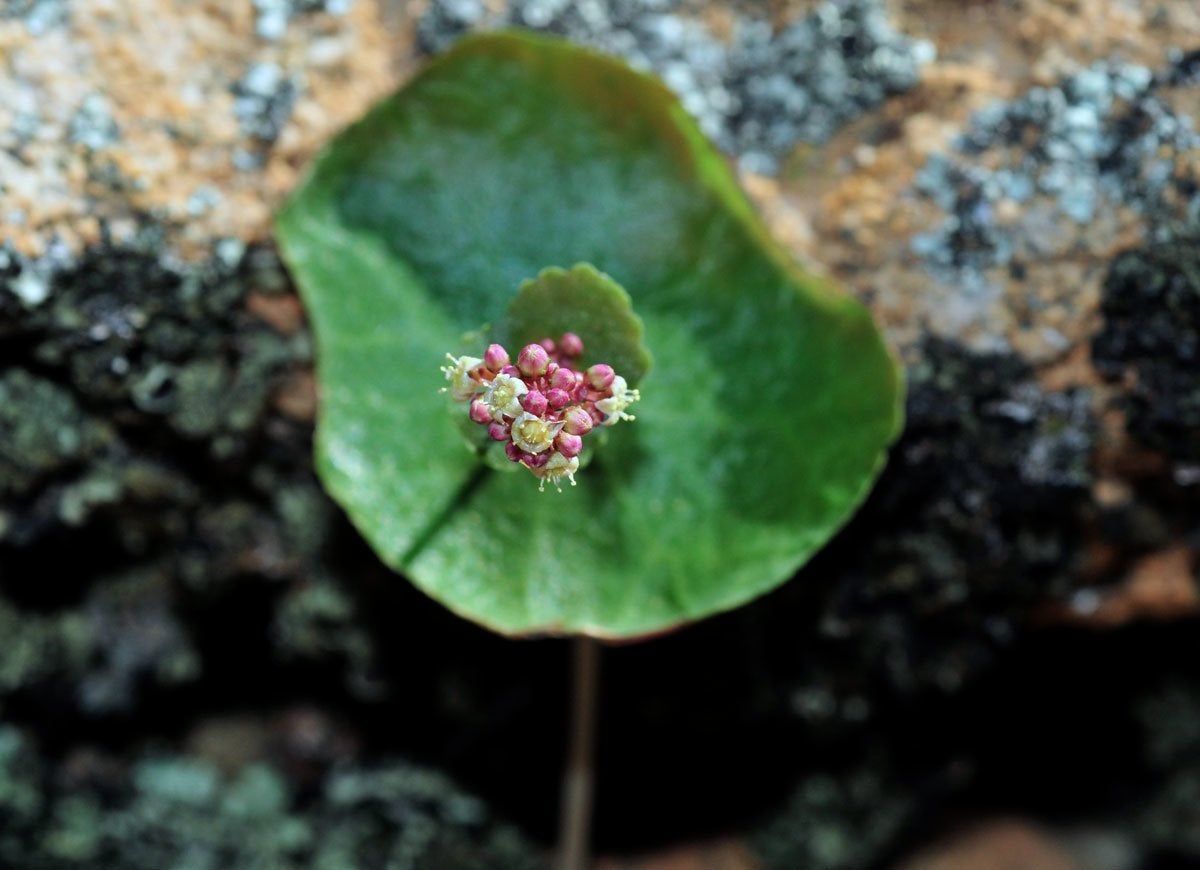
flickr.com via mutolisp
Also called “wine cup,” Crassula umbella features waxy, round-cupped leaves that encircle a stalk of yellow-green flowers with reddish-pink centers. Like other succulents, Crassula umbella is easy to care for, and it makes an attention-grabbing centerpiece or decorative accent.
Red Coral (Rhipsalis ramulosa)
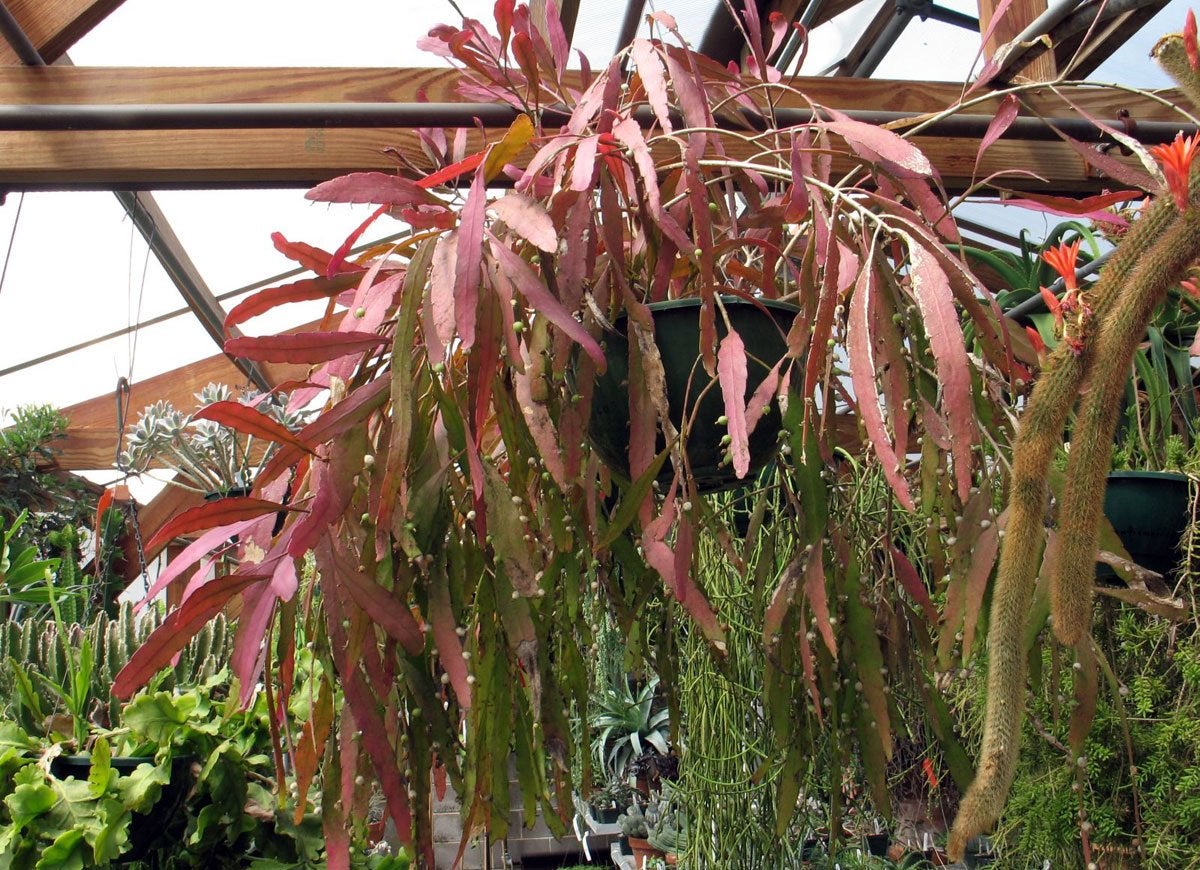
flickr.com via epiforums
Known as the coral cactus or red coral plant, Rhipsalis ramulosa originated in South and Central America before being brought to the United States. Red coral has no spikes, although it’s part of the cactus family, and its flat leaves that cascade downward make it well suited to a hanging pot.
Living Stone (Lithops)
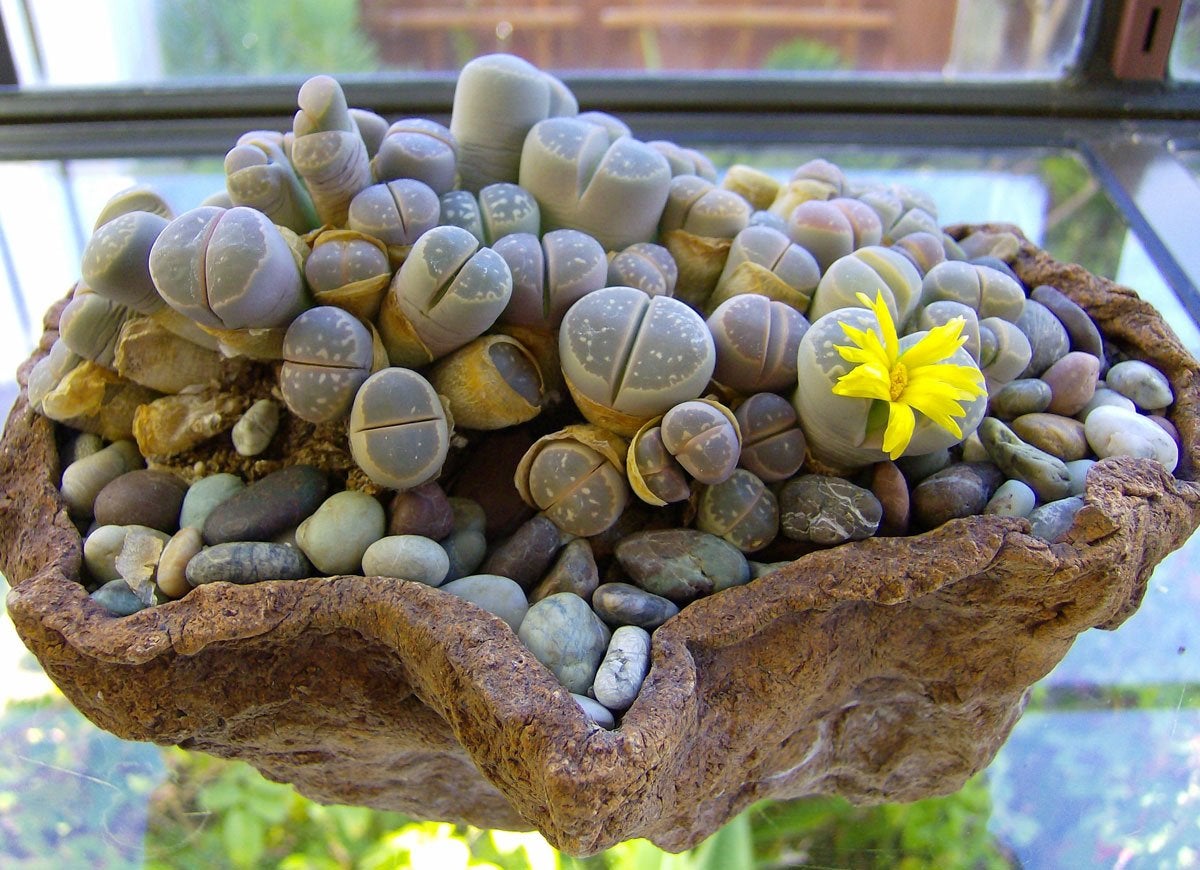
flickr.com via Reggie1
Sometimes called living stone, lithops is a succulent native of southern Africa. The plant resembles pebbles or stones, and it comes in shades of gray, green, rust, brown, green, and even pink. Lithops are small enough to grow on a windowsill or patio table, and a collection will bring an unusual natural element to any room.
Corkscrew Albuca (Albuca spiralis)
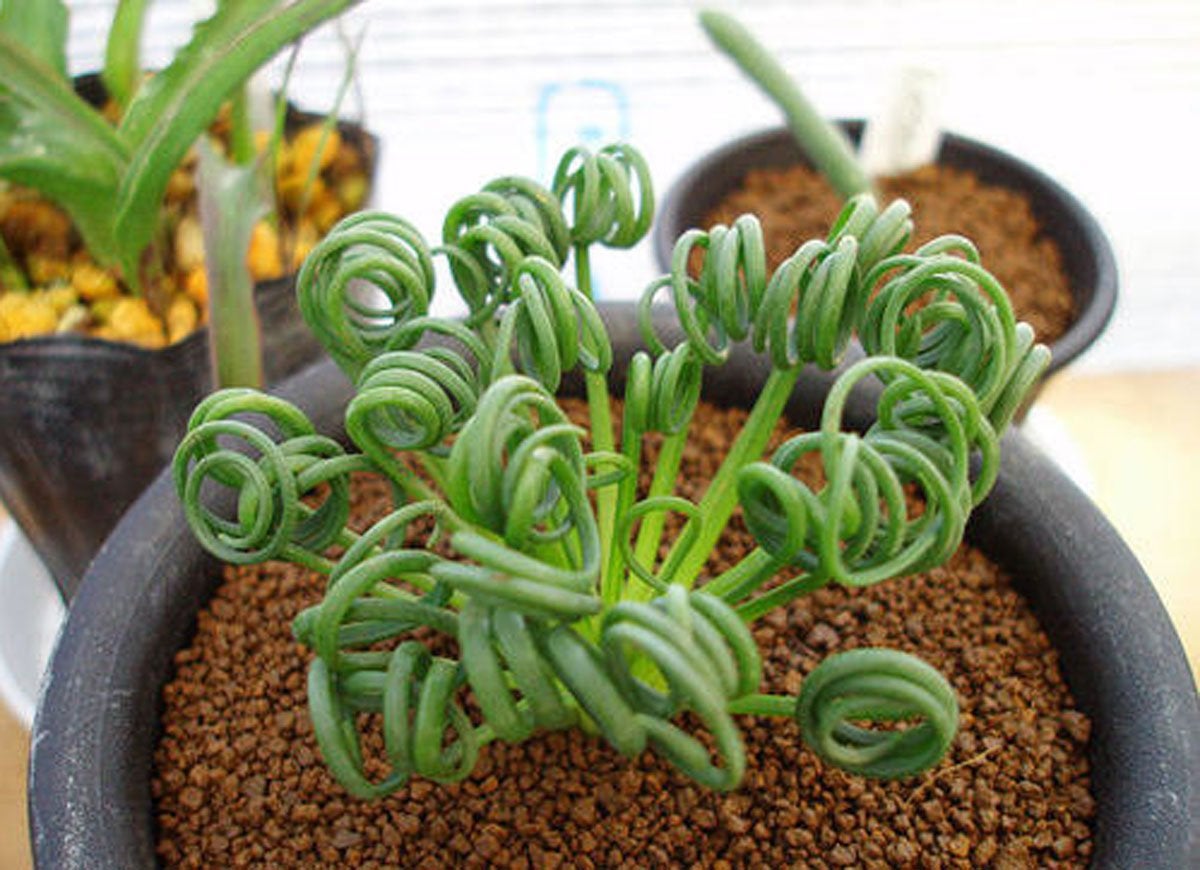
etsy.com via Arvice30
Easy-growing corkscrew albuca (Albuca spiralis) blooms with yellow, vanilla-scented flowers, and its leaves grow in curly ringlets—hence the name “corkscrew.” A native of the African desert, it requires little water, and houseguests won’t be able to resist gawking at its extraordinary appearance.
Variegated String of Pearls (Curio rowleyanus 'Variegata')
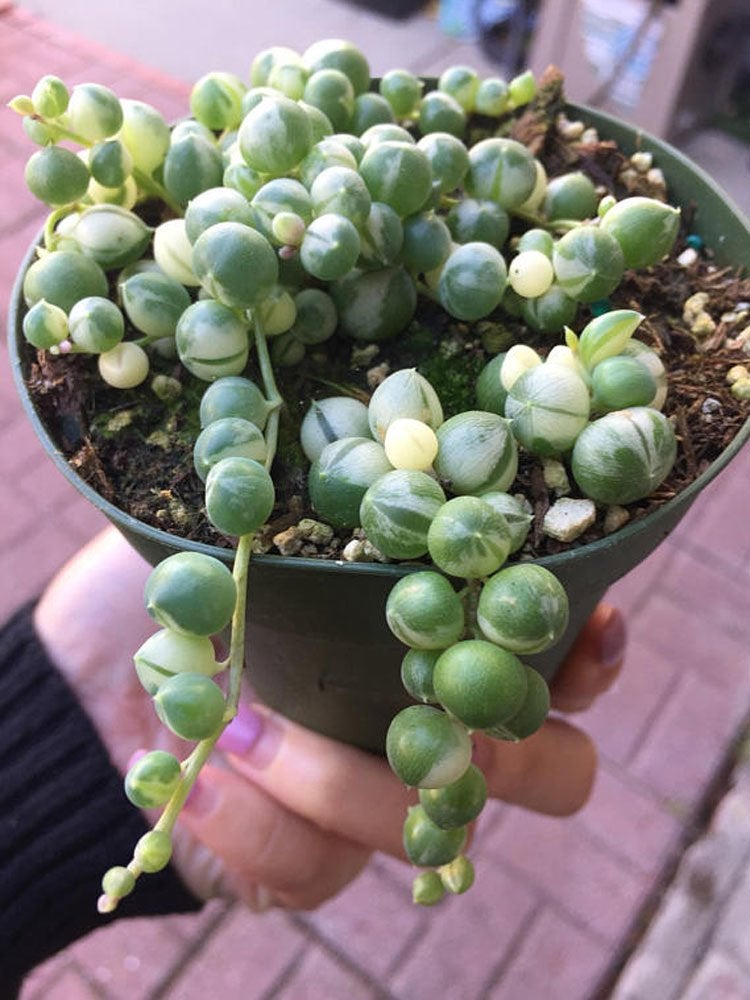
etsy.com via jquinsucculents
If you desire a rare succulent, check out the showstopping Curio rowleyanus ‘Variegata’, which is commonly known as variegated string of pearls. The plant’s long, trailing tendrils are punctuated by pea-shaped leaves that store water and add cascading beauty wherever the plant is displayed.
Crinkle-Leaf Begonia (Begonia moyesii)
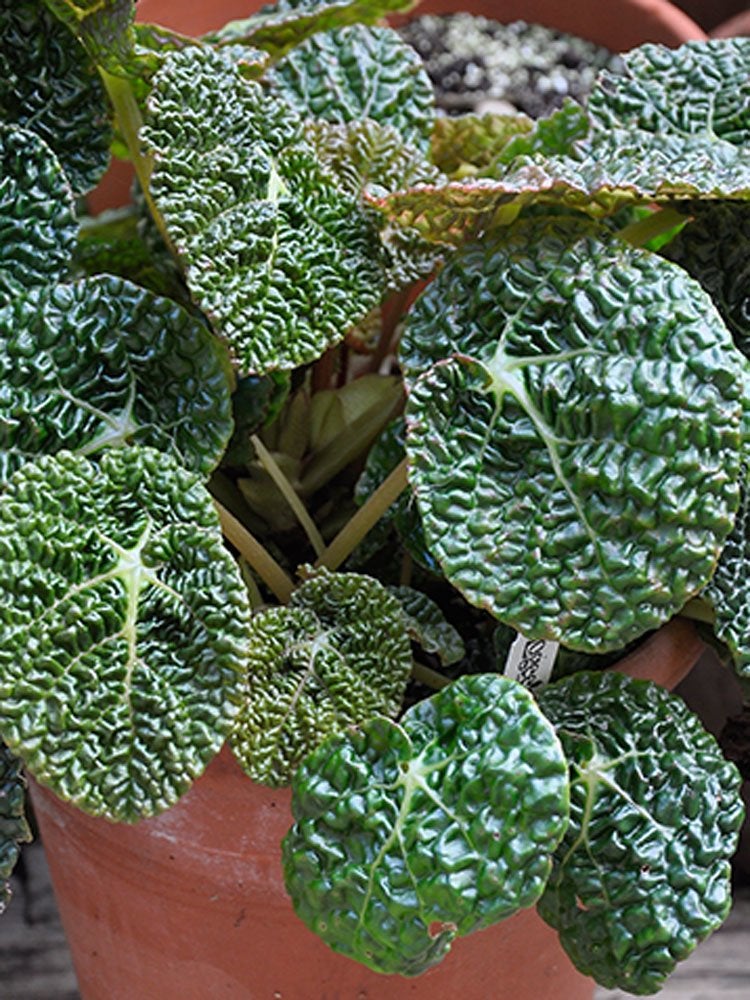
Crinkle-leaf begonia (Begonia moyesii) may be small and compact, but it provides a grand feast for the eyes with its stunning, deeply veined foliage. Its crinkled green leaves have a dark maroon underside, which pairs nicely with its white summer flowers.
Foolproof Florals
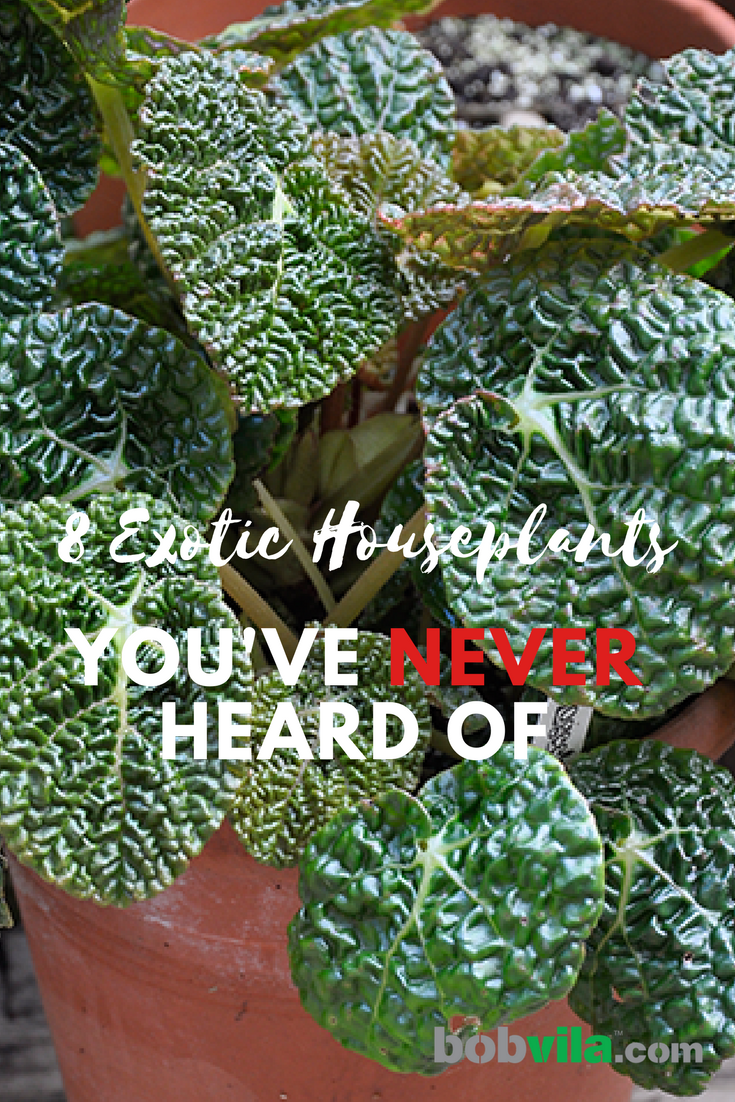
Not feeling so adventurous? If these wild houseplants aren’t your taste, give these basic ones a try that are sure to thrive, whether you have a green thumb or not.

Meet the 2025 Tools of the Year
After months of scouring the market and putting products through their paces, we’ve named the best of the best in new tools. There’s something for everyone, from veteran pros to average Joes.